In the icy waters of Antarctica, where temperatures plummet and life seems impossible, a peculiar fish thrives against the odds. Known as the icefish, these remarkable creatures have evolved a unique way of surviving without hemoglobin, the protein that gives blood its red color and is crucial for oxygen transport in most animals. Their existence challenges our understanding of biology and adaptation, offering a glimpse into the extraordinary ways life can evolve to conquer even the harshest environments. As we dive into the world of the icefish, we’ll uncover the secrets behind their survival, the implications of their adaptations, and what they can teach us about resilience in the face of nature’s harshest challenges.
The Unusual Physiology of Icefish
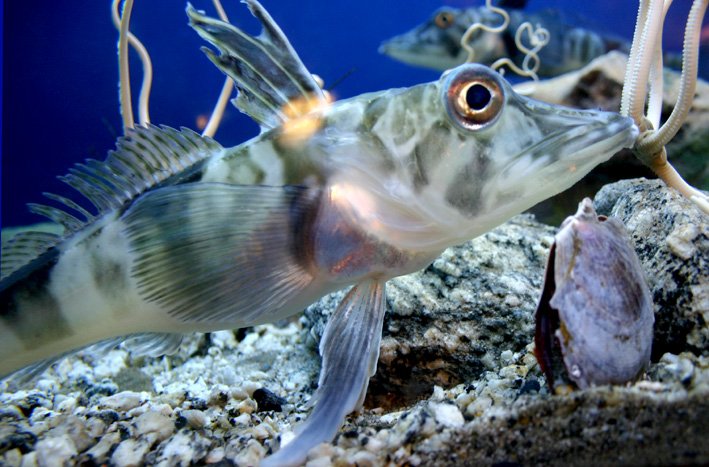
Icefish, belonging to the family Channichthyidae, are unique in the animal kingdom. Unlike most vertebrates, they lack hemoglobin, which is the oxygen-carrying component in red blood cells. This absence results in their blood being transparent, a stark contrast to the vibrant red seen in other species. Their translucent blood is a curious adaptation that has fascinated scientists for decades. By studying icefish, researchers have unearthed astonishing insights into how life can adapt in unexpected ways. The icefish rely on the cold, oxygen-rich waters of the Southern Ocean, where oxygen can dissolve more readily, compensating for their lack of hemoglobin. This adaptation highlights how organisms can evolve traits that, while seemingly disadvantageous, are perfectly tailored to their specific environments.
The Role of Antifreeze Proteins
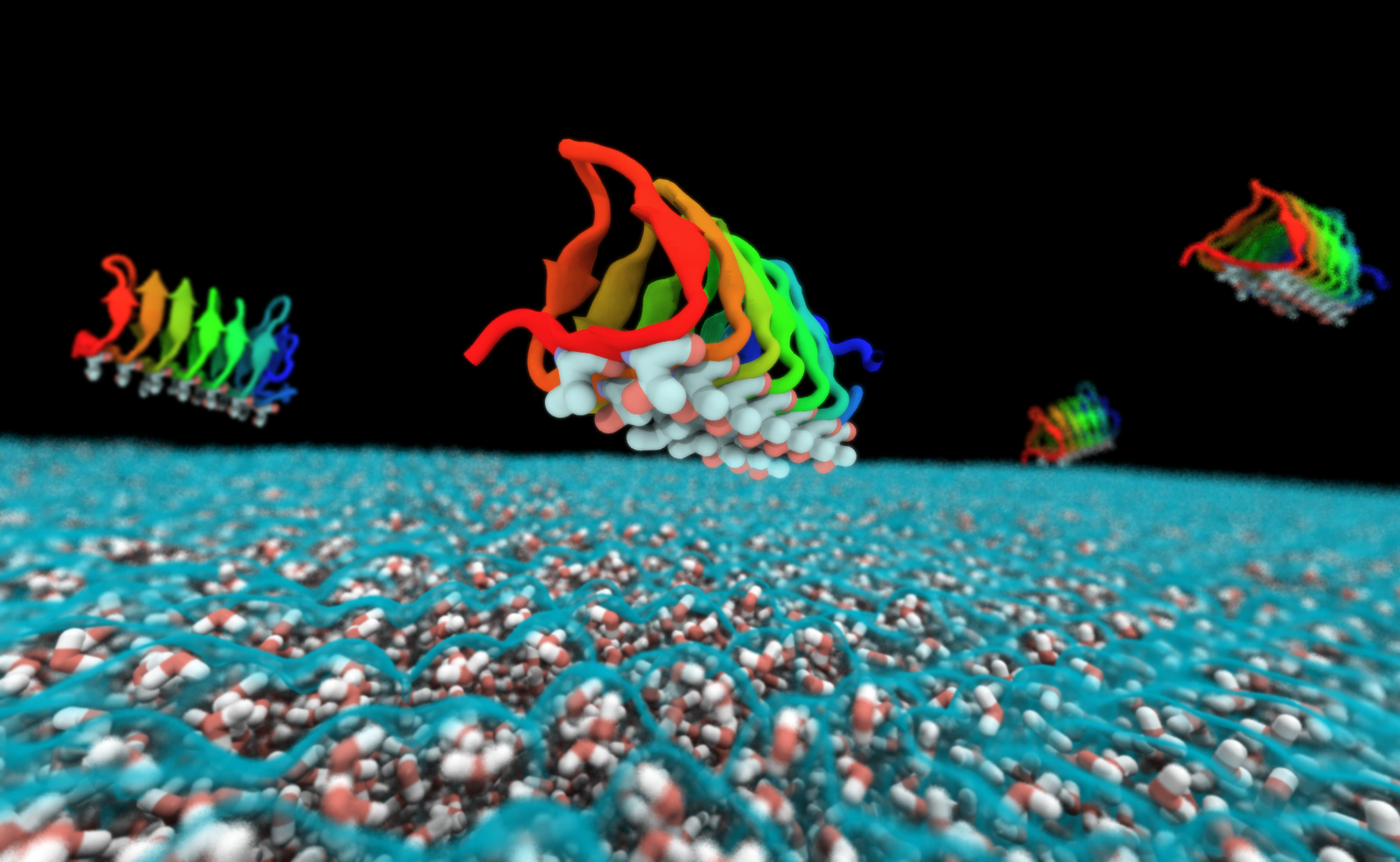
Surviving in subzero temperatures requires more than just a lack of hemoglobin. Icefish have developed antifreeze proteins that prevent their blood and bodily fluids from freezing. These proteins bind to ice crystals, inhibiting their growth and ensuring the fish remain fluid even in icy waters. This antifreeze system is akin to the antifreeze in cars, which prevents engines from freezing in cold weather. The discovery of these proteins has not only broadened our understanding of biological adaptations but also opened up potential applications in various industries, from food preservation to cryopreservation in medical fields. The presence of antifreeze proteins in icefish exemplifies nature’s ingenuity in crafting solutions to seemingly insurmountable challenges.
Adaptations to Oxygen-Rich Waters
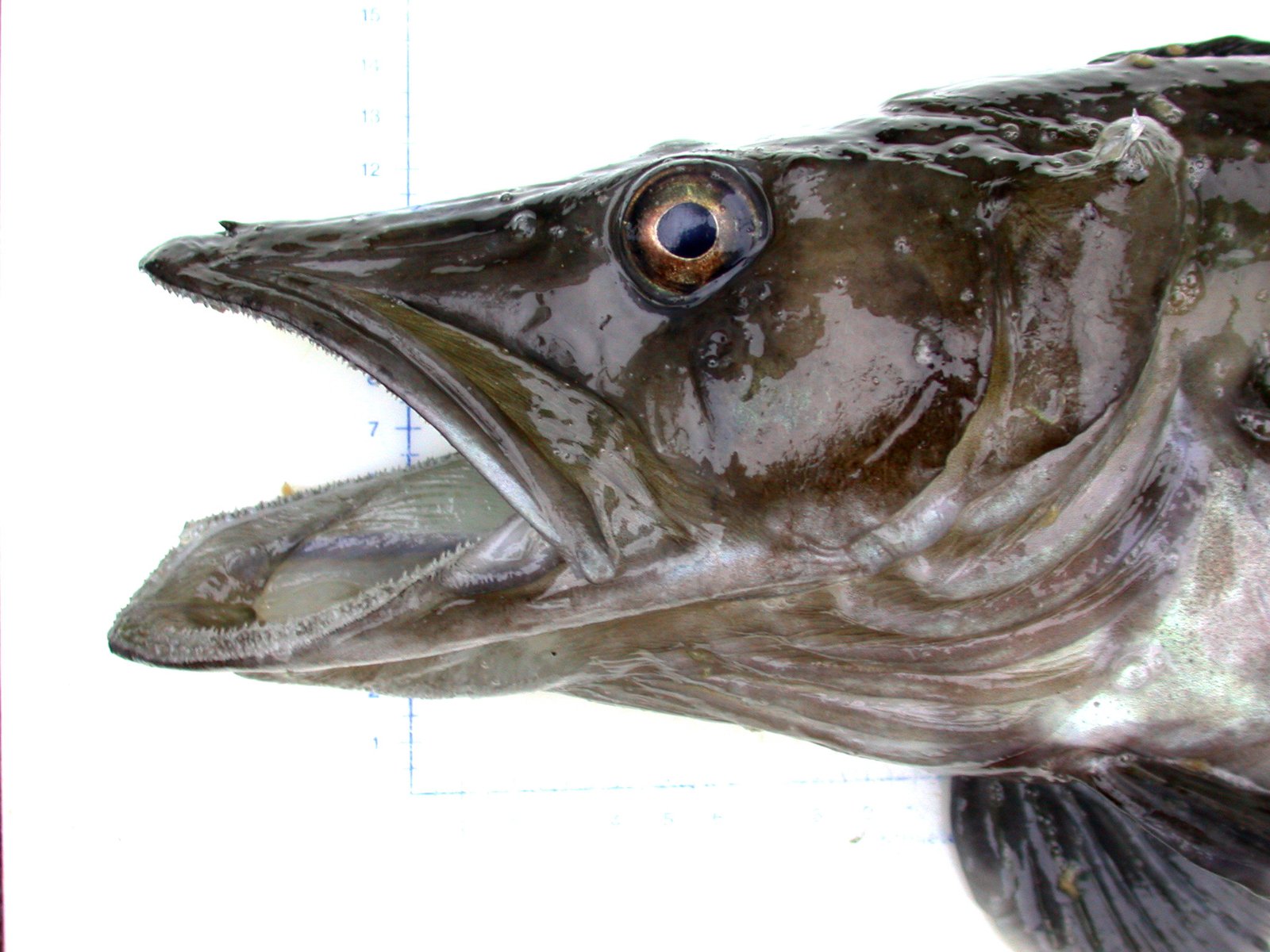
Living without hemoglobin might seem like a disadvantage, but the icefish have turned it into a survival strategy. The cold waters of the Antarctic are rich in dissolved oxygen, which icefish can absorb directly through their skin and gills. This adaptation is akin to a plant absorbing sunlight through its leaves, using every available surface to gather vital resources. Furthermore, the icefish have a larger heart and gill surface area compared to other fish, maximizing their ability to circulate and absorb oxygen efficiently. These physiological changes highlight the intricate balance between an organism’s anatomy and its environment, where every adaptation serves a purpose in the grand tapestry of survival.
Evolutionary History and Genetic Insights

The icefish’s evolutionary journey is a testament to the power of natural selection. Genetic studies have shown that the loss of hemoglobin in icefish occurred millions of years ago, during a period of intense climatic change in the Antarctic region. This loss, far from being detrimental, provided a unique niche that the icefish could exploit. By studying their genomes, scientists have identified specific mutations and adaptations that have enabled these fish to thrive in extreme conditions. The genetic blueprint of the icefish offers insights into the mechanisms of adaptation and evolution, shedding light on how life can diversify and specialize over time.
Implications for Human Medicine
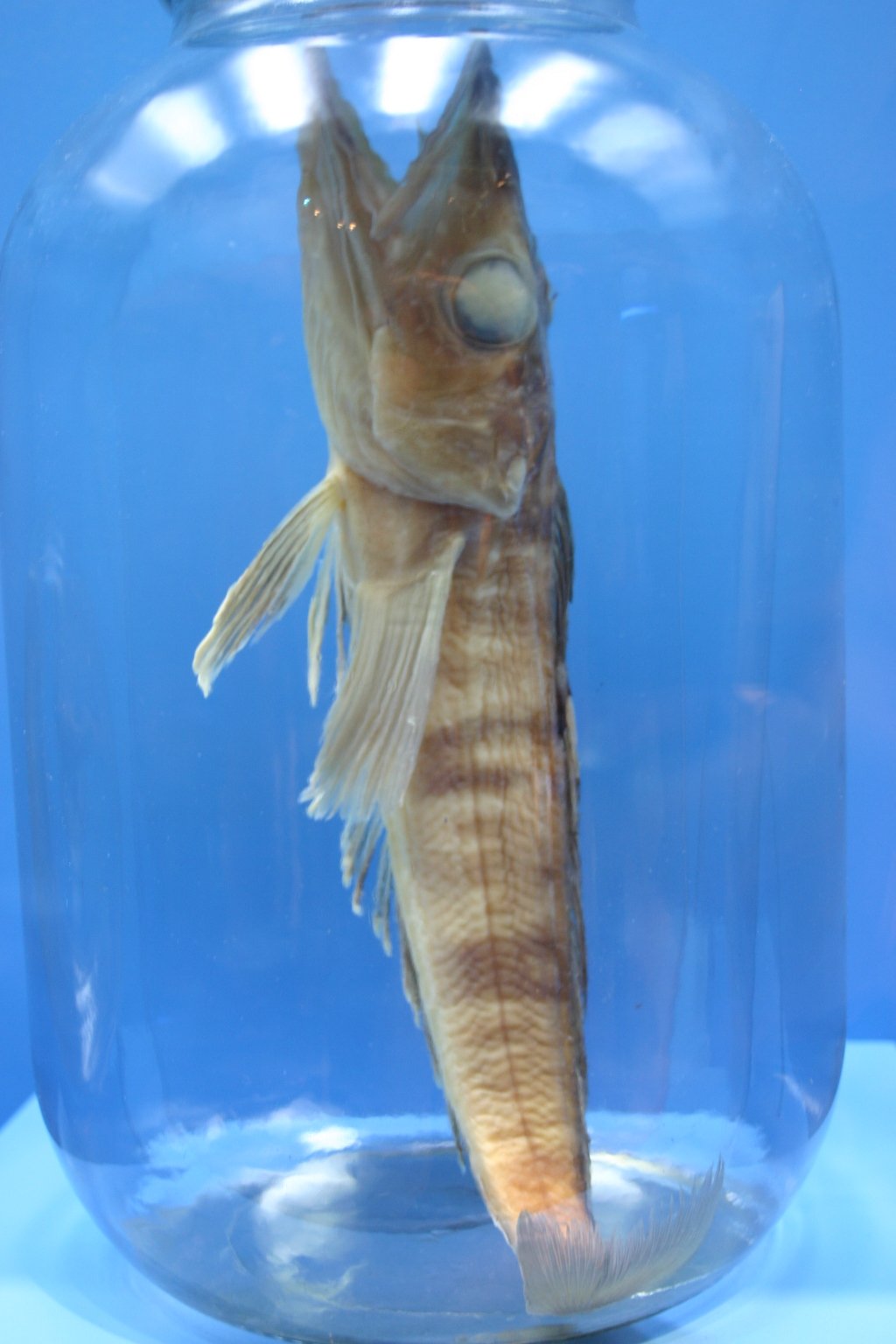
The unique adaptations of icefish have piqued the interest of medical researchers, who see potential applications in human medicine. For instance, understanding how icefish manage oxygen transport without hemoglobin could inspire new treatments for anemia or other blood disorders. Similarly, the antifreeze proteins found in icefish might lead to advancements in organ preservation for transplants. This cross-species insight demonstrates the interconnectedness of life and how studying one organism can lead to breakthroughs in another. The icefish, with its transparent blood and icy habitat, serves as a bridge between the natural world and human innovation, offering hope for medical advancements rooted in nature’s own designs.
The Challenge of Climate Change
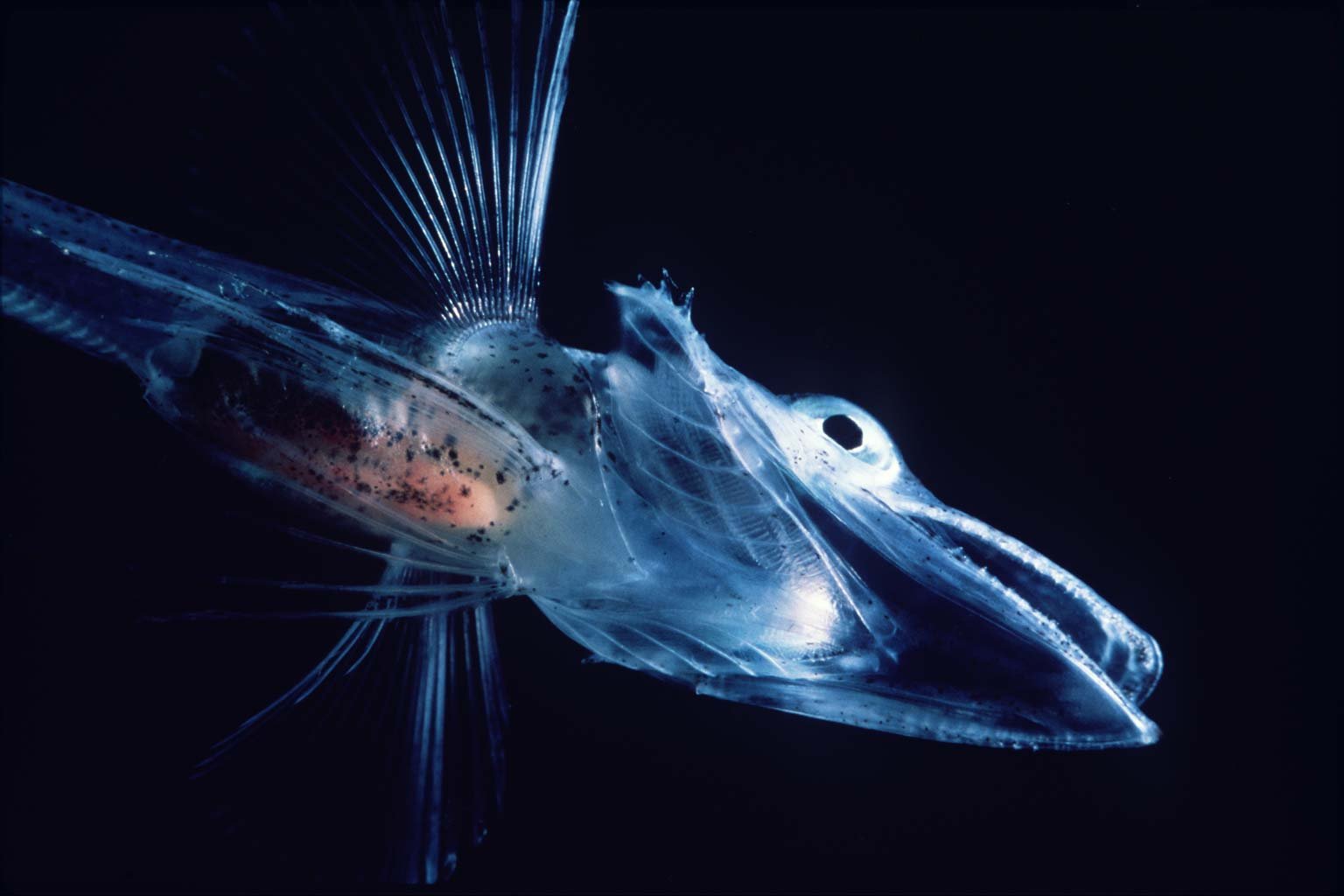
As global temperatures rise, the icefish face an uncertain future. The delicate balance of their ecosystem is threatened by melting ice caps and changing ocean currents. These environmental changes could alter the availability of oxygen in the water, challenging the survival of species uniquely adapted to current conditions. The plight of the icefish underscores the broader impacts of climate change on biodiversity, highlighting the urgency for conservation efforts. Protecting these unique creatures and their habitats is not just about preserving a single species, but about safeguarding the intricate web of life that sustains our planet.
Lessons from the Icefish’s Resilience
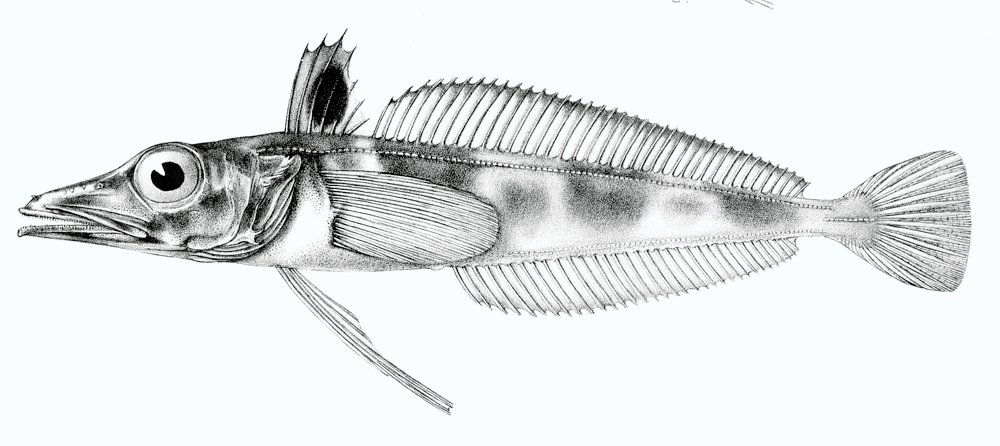
The story of the icefish is one of resilience and adaptation. In a world where change is the only constant, these creatures have shown that survival often depends on flexibility and innovation. Their existence challenges us to reconsider our understanding of life and adaptation, reminding us that even in the harshest conditions, life finds a way. The icefish’s journey is a testament to nature’s ability to craft solutions to seemingly impossible problems, offering inspiration for overcoming obstacles in our own lives. By studying the icefish, we learn that resilience is not just about enduring but thriving in the face of adversity.
Fascination with the Icefish
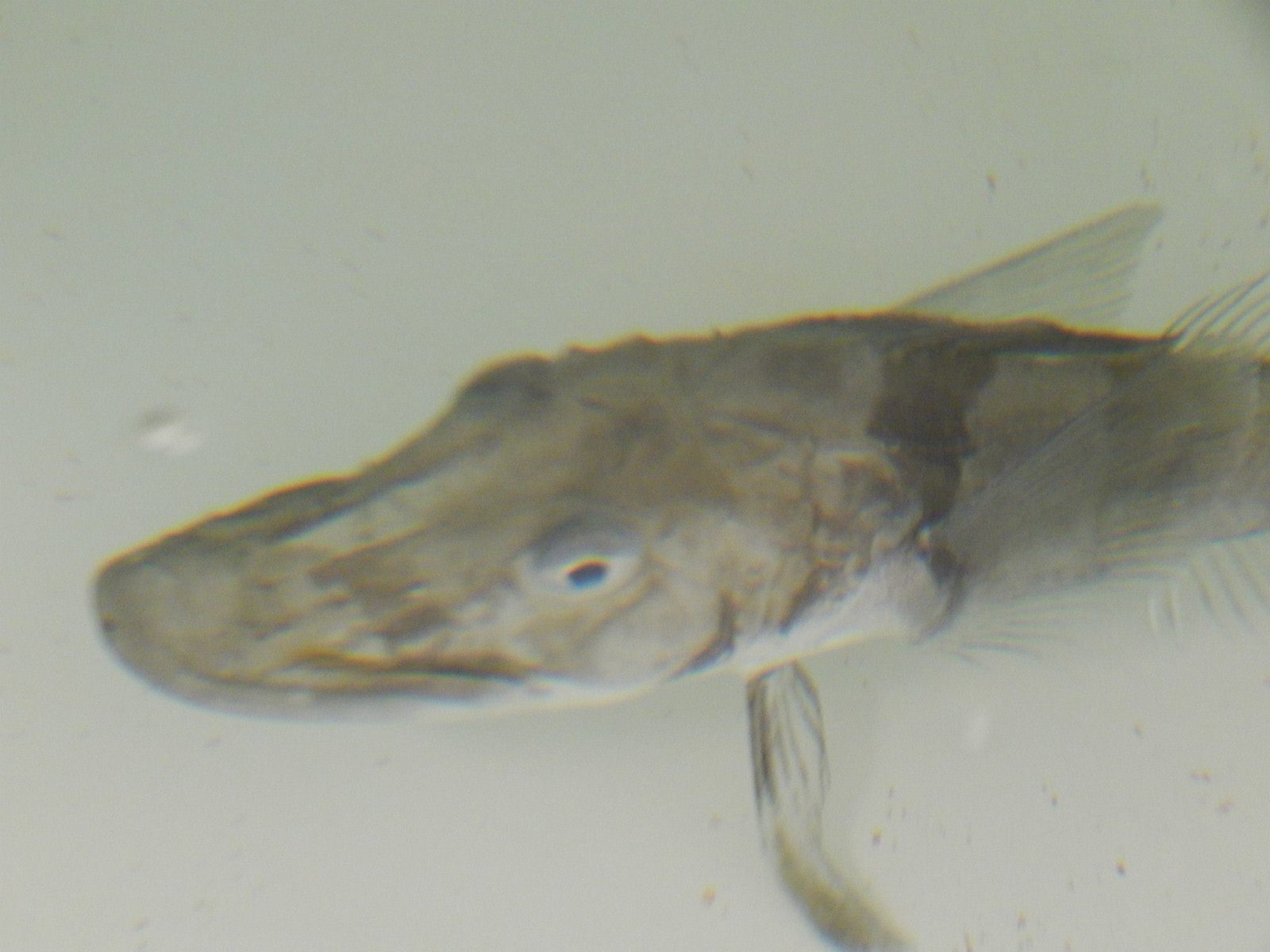
For scientists and nature enthusiasts alike, the icefish captures the imagination. Its transparent blood and icy habitat evoke a sense of wonder and curiosity, inviting us to explore the mysteries of life beneath the ice. The icefish serves as a reminder of the beauty and complexity of the natural world, where each species plays a role in the grand tapestry of life. By delving into the world of the icefish, we are reminded of the endless possibilities that nature holds and the importance of preserving its wonders for future generations.
The Future of Icefish Research

The study of icefish is far from over. As technology advances, new methods of research and exploration will unveil even more secrets about these enigmatic creatures. The future holds the promise of deeper understanding and new discoveries, as scientists continue to unravel the mysteries of the icefish’s adaptations and evolution. The icefish, with its unique place in the natural world, will continue to inspire curiosity and innovation, driving research that could have implications far beyond the icy waters of Antarctica. In the quest for knowledge, the icefish stands as a beacon of discovery, guiding us toward new horizons in the study of life on Earth.
A Call to Action for Conservation

The icefish, with its remarkable adaptations and fragile habitat, serves as a powerful symbol for conservation efforts. As stewards of our planet, we have a responsibility to protect the diverse ecosystems that sustain life. The icefish’s story is a call to action, urging us to address the challenges of climate change and habitat destruction. By safeguarding the environments where unique species like the icefish thrive, we ensure the preservation of biodiversity and the delicate balance of nature. The icefish reminds us that every species, no matter how small or seemingly insignificant, plays a vital role in the intricate web of life that connects us all.




